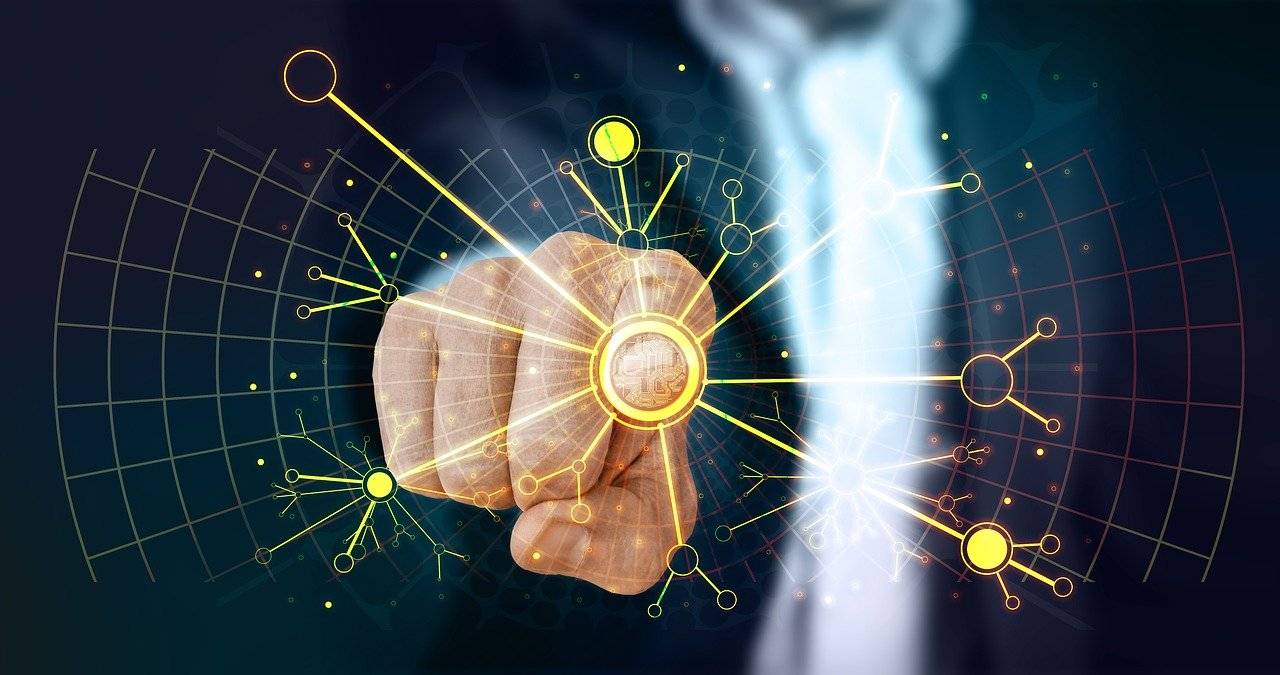Artificial Intelligence (AI) is a groundbreaking achievement of computer science that is on track to become a critical component of all modern software. AI refers to computational systems that can accomplish specific tasks without human interference.
Data available in all industries, serving as a backbone to enterprise-level applications, are especially important for AI as it serves as the training models for improved services. Yet with large numbers of data, the risk of cyber-attacks increases. AI can be used to bolster both defensive and offensive cyber operations, changing how we must approach data protection. Prudent global governance will be critical to ensuring that this era-defining technology results in broadly shared safety and wealth.
Artificial intelligence and cyber security
News of high-profile data breaches or a cyber-attack resulting in millions of dollars in damages occurs at an alarming rate. Cyber losses are difficult to quantify, but the International Monetary Fund estimates that they cost the global financial sector between US$100 billion and $250 billion annually (Lagarde 2012). As computers, mobile devices, servers, and smart devices become more prevalent, the aggregate threat exposure increases daily. And whilst the corporate and policy communities are still grappling with the cyber realm’s increasing relevance, the use of artificial intelligence in cyber security heralds even more profound changes.
One of AI’s primary goals is to automate tasks that formerly required manual operations. AI can reduce the amount of manual labor required on repetitive back-office tasks to finish a project, allowing individuals to dedicate time to more efficient tasks. For example, chatbots can be used to handle customer service inquiries, while medical assistant AI can detect diseases based on patients’ symptoms.
In cyber defense, data is presented as log lines of recorded activity from servers and network components, classified as “hostile” or “non-hostile,”. AI systems can be trained to classify future observations into one of those two categories using this data set. Therefore, the system can function as an automated sentinel, sifting through the massive background noise of typical activity to identify anomalous observations.
We have passed the point at which protection and identification of hostile actors can be accomplished without the use of AI. With the flow of incoming data being overwhelming for most humans, the risk of mistakes and areas of attacks increases. Systems that incorporate AI will be able to deal with the complexity and speed inherent in the cyber security environment in the future.
Additionally, AI can be used to automate the search for software security problems, such as “zero-day vulnerabilities.” This can be accomplished with either legitimate or criminal motives. Software developers might utilize AI to scan their products for security flaws, just like hackers do with undiscovered bugs in operating systems.
AI technology will further alter the cyber security landscape by redefining what constitutes a worthwhile asset, transforming troves of previously uninteresting data into appealing targets for hostile actors.
Data and AI enable the connection, unification, and unlocking of intangible and tangible assets; Data is a critical component to any business but is at its highest security risk in national operations and politics, due to its large volume, making it a frequent target. With the help of AI, essential insights can be extracted from seemingly incongruous data sets and a much faster rate and more efficiently than humans, creating less chance for attack.
Introducing AI technology to pre-existing cyber-attack techniques such as spear phishing will increase the effectiveness of such measures, from the increased capability and accuracy of AI. The urgency to develop effective global governance in cyberspace and international data protection is evermore increased as data increases and becomes more vulnerable. The United Nations Group of Government Experts’ endeavor to establish a universally agreed standards of conduct is a prime area to implement and depend on the use of AI.
Additionally, as AI technology becomes increasingly interwoven into the broader business and civilian realm, existing legal and regulatory frameworks may need to be updated to account for novel attack types such as data poisoning and adversarial examples. Until now, the primary threat online has been data theft. In the future, malicious actors will certainly attempt to get access to databases to not just steal their data, but also alter and influence data.
AI algorithms learn from data to create a valuable new prediction tool, and the output of AI can be separated from the training data. Thus, to control data and its value, any data-derived assets must also be controlled. The infrastructure necessary for the collection, storage, and analysis of big data should be treated as an asset in the same way that it is in any other sector. Many sectors, such as finance, have systemic ramifications and are much more prepared to safeguard due to third-party connections. Governing institutions’ security postures will need to continue to be improved as well as other areas like identity fraud.
Brainpool: artificial intelligence consulting firm
They specialize in the development of custom AI solutions for businesses. We assemble teams of AI researchers developing cutting-edge AI algorithms and industry veterans to design and deploy custom AI solutions for organizations. The Brainpool Community comprises 500 specialists in the fields of artificial intelligence (AI) and machine learning (ML).
